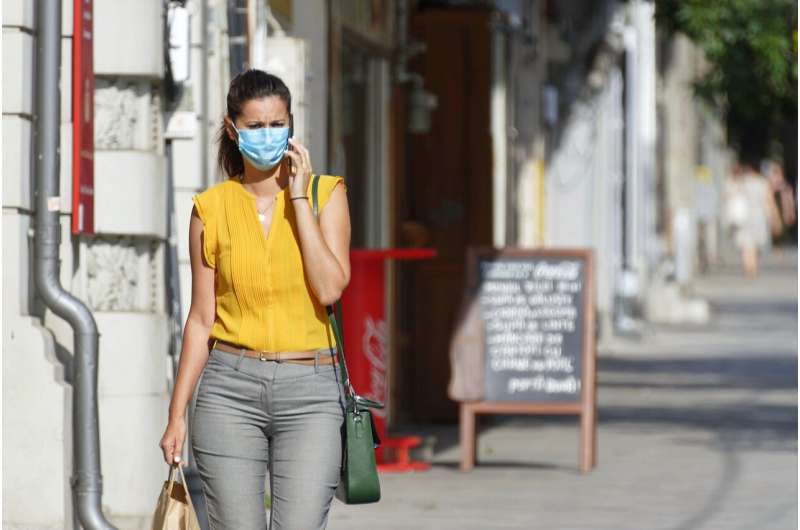Study shows one more step could help during pandemic


A new study published in Translational Behavioral Medicine shows that some measures to promote safety during the pandemic could be bolstered by one more step. The lack of physical activity, the world’s fourth leading cause of death, may be intensified by physical distancing measures during the pandemic.
“While physical distancing is important to reduce the spread of COVID-19, physical activity also must be used as a public health strategy during the pandemic and beyond. This would help people cope during the global crisis and maintain healthy behaviors post pandemic,” said Stefanie Meyer, lead author of the study titled “Physical Distancing ≠ Physical Inactivity.” Meyer is an assistant professor of practice in Public Health at NDSU and a faculty fellow at the Challey Institute for Global Innovation and Growth.
A recent study of step counts shows there has been a marked decrease in steps across the globe since the pandemic was declared. Physical activity helps decrease risk of chronic disease. Research demonstrates additional health benefits of physical activity, which includes reducing anxiety and depression and improving sleep and quality of life.
According to the study authors, while current COVID-19 mitigation strategies play an important role in slowing spread of the virus, social distancing also may decrease the physical activity that is important to overall health. Integrating physical activity as part of measures to help people cope with pandemic isolation can positively impact population health now and in the future.
The study notes that physical activity has immediate positive effects on immune functioning and inflammation, suggesting that people most vulnerable to COVID-19, such as those with pre-existing chronic conditions, would especially benefit from frequent, moderately intense physical activity.
“Though more study is needed, our research suggests that in addition to other measures, physical activity should be used as a potential COVID-19 mitigation strategy,” said Meyer.
Study authors outline options including:
- Support from workplaces for safe physical activity breaks
- Using household items at home such as chairs for squats, push-ups against a wall, or step-ups on stairs, along with items such as resistance bands and online exercise videos
- Access to outside activities such as walking and biking
- Physical activity breaks before, during, and after school
- Integrating physical activity options within public health programs
Source: Read Full Article